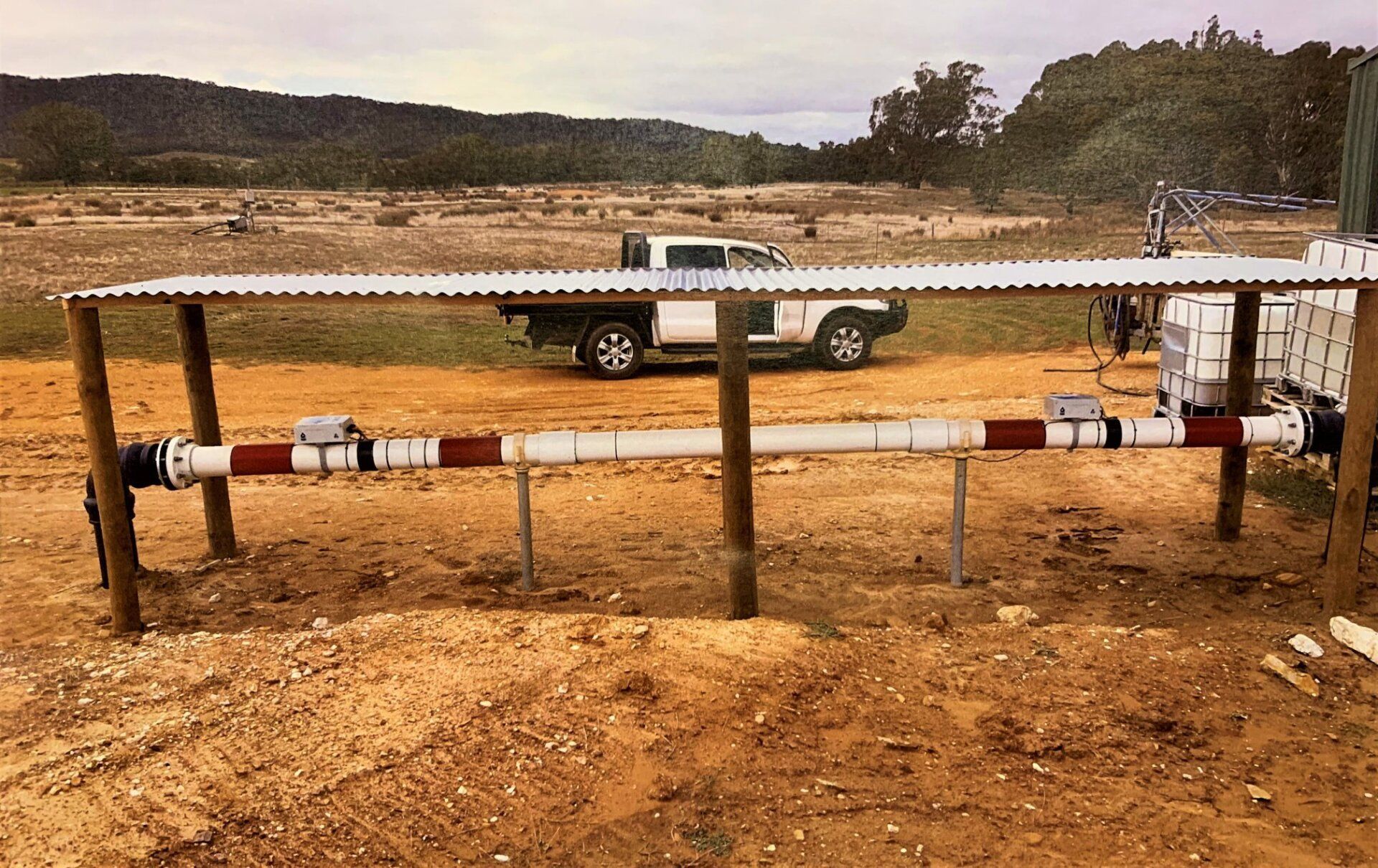1MG FlippingBooks
Hydrosmart Boosts Yields

Once installed, farmers can expect to pay about $10 a year for electricity to power their Hydrosmart. It’s a small price to run a nifty bit of gear that reduces salinity, protects plumbing equipment, increases crop yields and helps fatten cattle faster.
Hydrosmart’s physical water conditioning system is a simple, sustainable and effective approach to conditioning water. By applying it, farmers get the advantages of using a technology to solve water problems which requires no chemicals, no filters and no maintenance.
Reflecting back, CEO of Hydrosmart Paul Pearce said they started the company 23 years ago servicing vineyards in South Australia, as the business was surrounded by the many great Australian wine districts.
The technology took off and, since then, Hydrosmart’s have helped growers from a range of farming sectors including strawberries, broccoli, olives, apples, citrus trees right up to broadacre farms and livestock. They have a field trial currently running on young seedless lemon trees in California using EC 1.1 dS/m (630 TDS) water over the last 12 months. They are measuring tree diameters and heights and applying regularly measured amounts of fertiliser to the trees planted on coarse sandy soil in the desert. The Hydrosmart treated water increased growth a significant 30% the first year.
Hydrosmart’s have become a mainstay sustainable water technology on many farms and outback homesteads which, of course, rely on well water. From go to flo, the installation process doesn’t take longer than a few hours.
“We ask that the Hydrosmart is protected, so it may take time to put a small shed or enclosed area around it so it’s safe from the elements and any animals”, he said. “It will keep working for decades of use and there are no running costs other than $10 in power to operate it yearly.”
When asked how and why it works much better than simple static magnets, Paul replied: “By using a computer program that puts out powerful electromagnetic fields in combination with resonance frequencies that are put into water via coils wrapped around the plastic pipe loop giving over 3 meters of contact time and oscillating (activating) water molecules as they pass through. This in turn helps to weaken their bonds and produce a wide range of beneficial outcomes, particularly with highly mineralised, salty, iron or calcium rich sources.”
In short, the device softens hard water to improve overall yields. Just like a good overnight rainfall, which can only be gifted by the weather gods, farmers can notice a difference to their crop within a few days.“
We have had vineyards report seeing vines perk up within a week of installing one, as the flushing away of sodium and chloride in the root zone acts like a rainwater event, and plants pick up rapidly” Paul said. “They can absorb more water and nutrients allowing for the growth of longer, stronger canes, a better canopy and an increase in grape quality and yield.”
Hydrosmart activated water also provides many benefits for livestock of all types A beef farmer contacted Hydrosmart when they realised their Poll Hereford stock were unable to gain weight on their regular well water.
The well ran water with moderately high TDS (7000 ppm) which the cattle were not enjoying. After learning about this technology, the farm ordered a 50 mm Hydrosmart unit to treat the water which was considered low quality for beef cattle. Once installed, the cattle began putting on weight as they drank from the Hydrosmart treated brackish water. “After moving over to Hydrosmart in January, one lamb feedlot in New South Wales observed a 15% weight gain over six weeks”, Paul said. For more information, visit https://www.hydrosmart.com.au
















